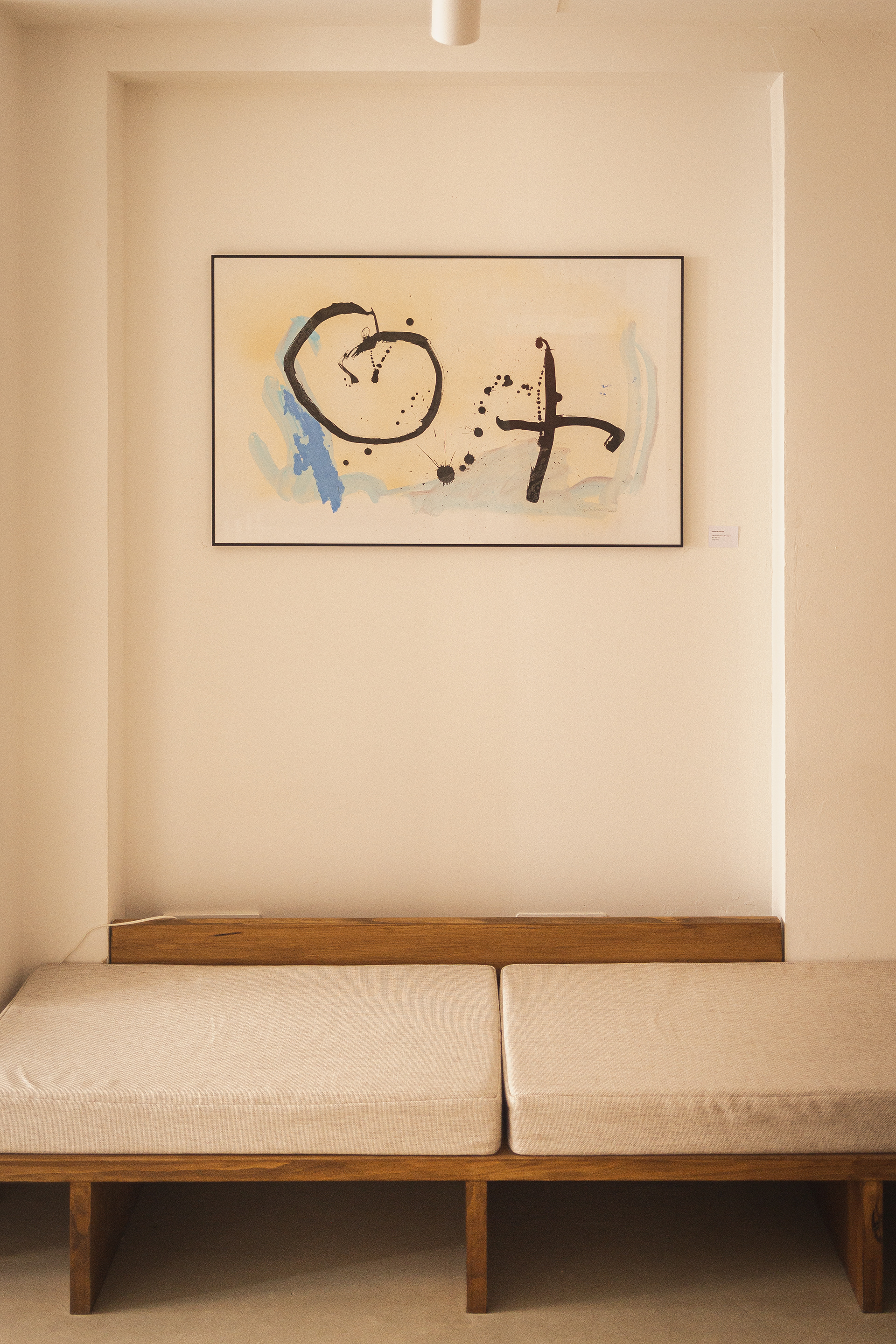
Simply the beginning, 2025, mixed media on paper, 160x80cm
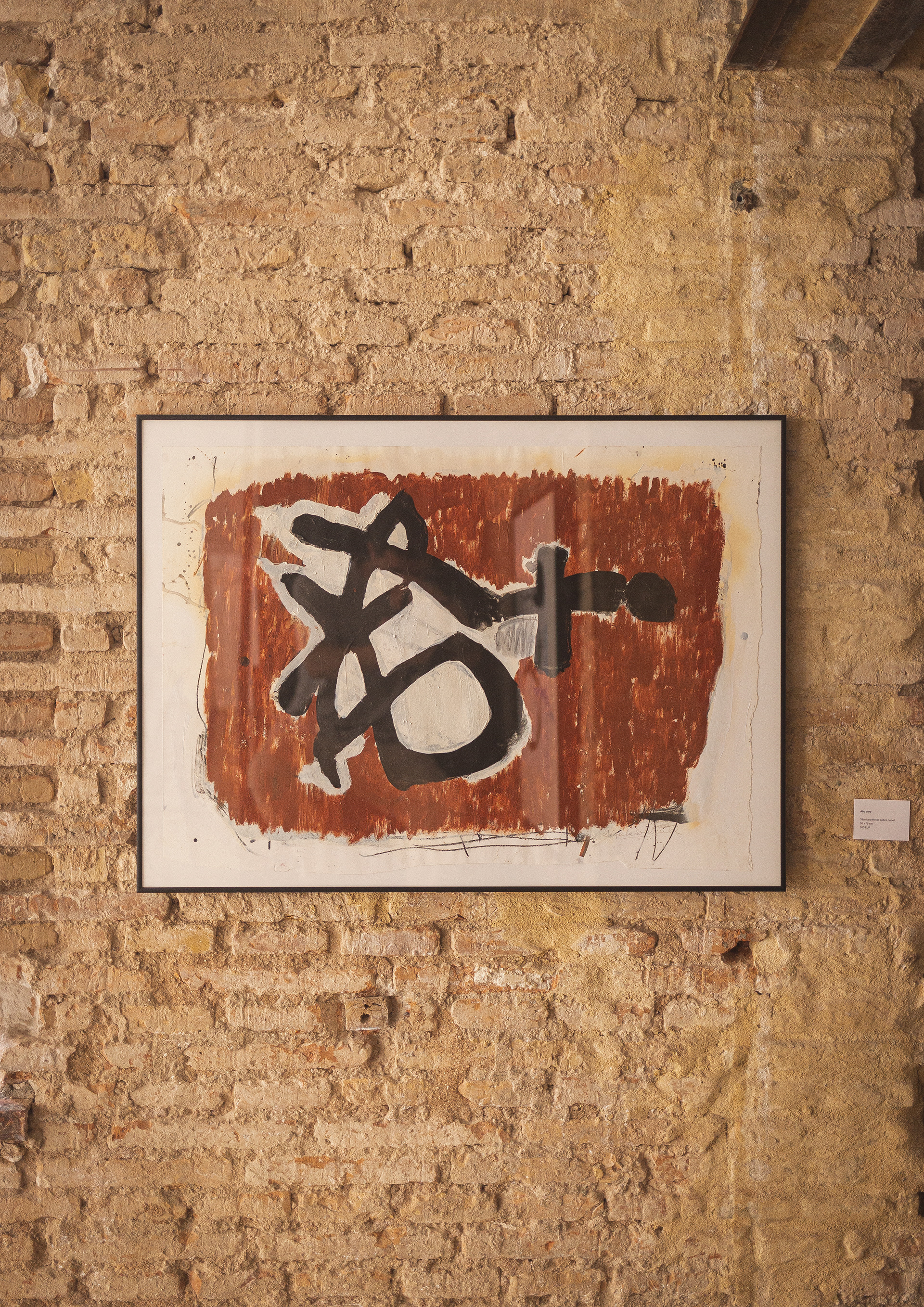
Year zero, 2025, mixed media on paper, 55x75cm
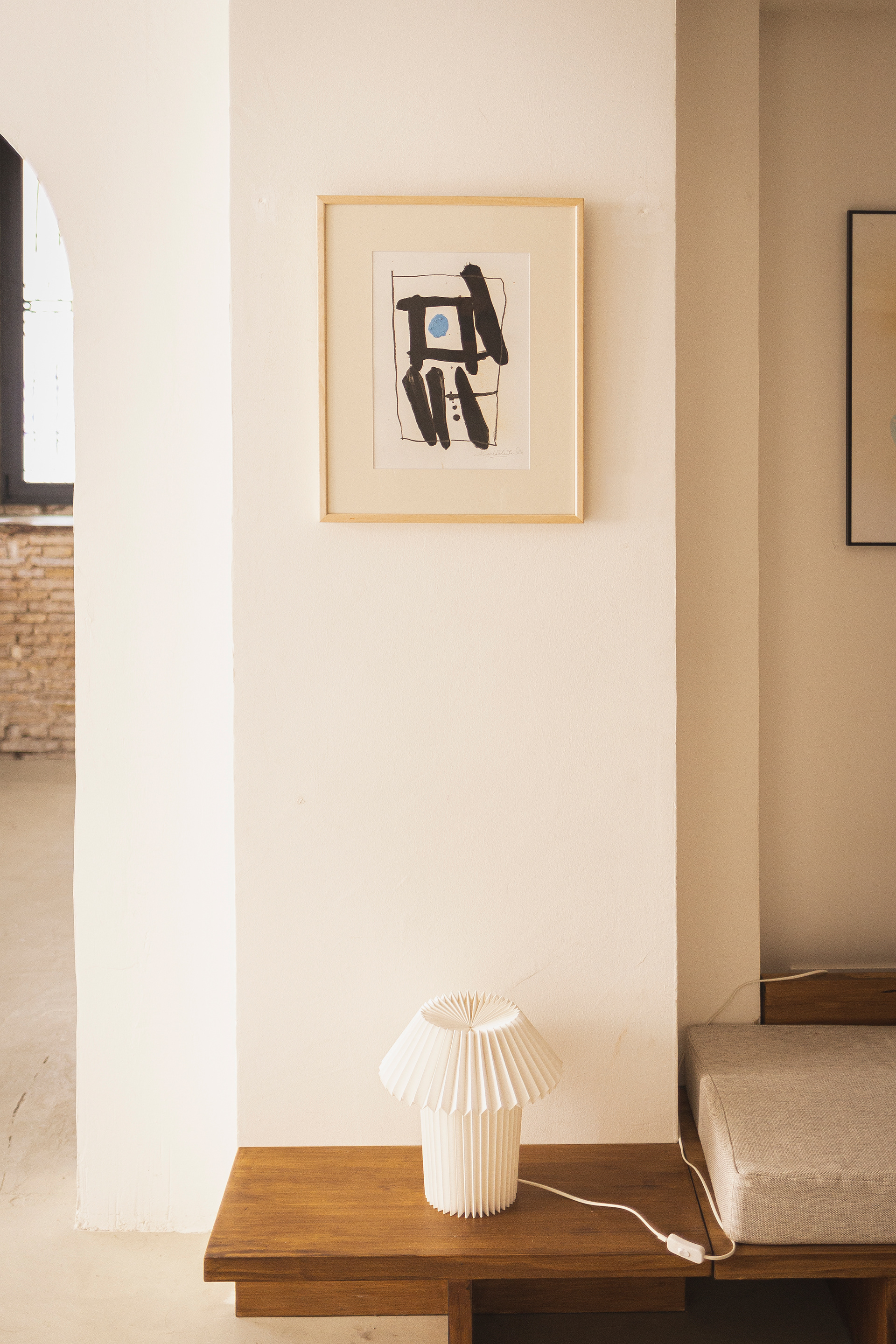
The library room 2025, mixed media on paper, 49x59.5cm (framed)
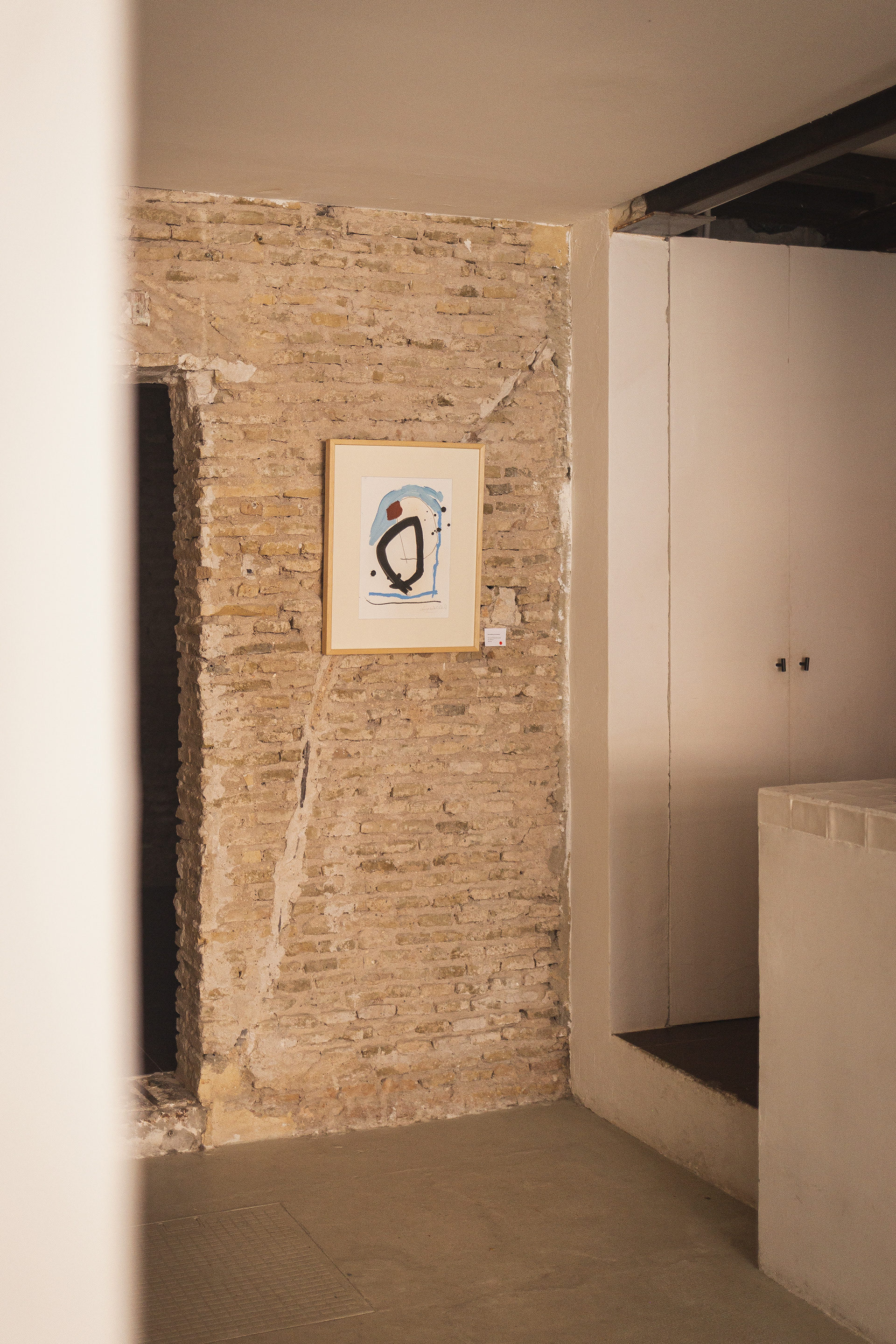
A shadow in my window, 2025, mixed media on paper, 49x59.5cm (framed)
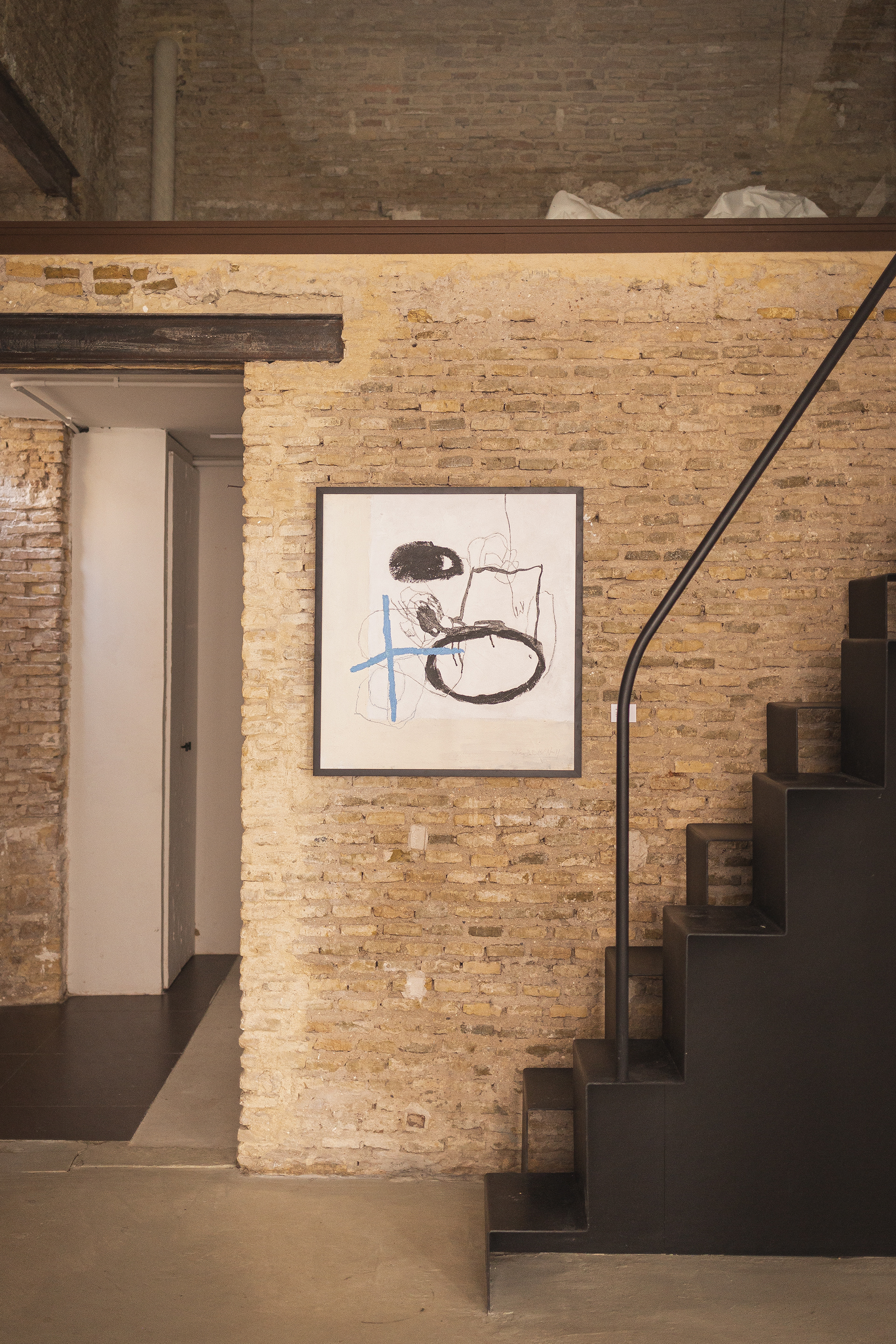
Blue and I, 2025, acrylic on canvas, 55x75cm
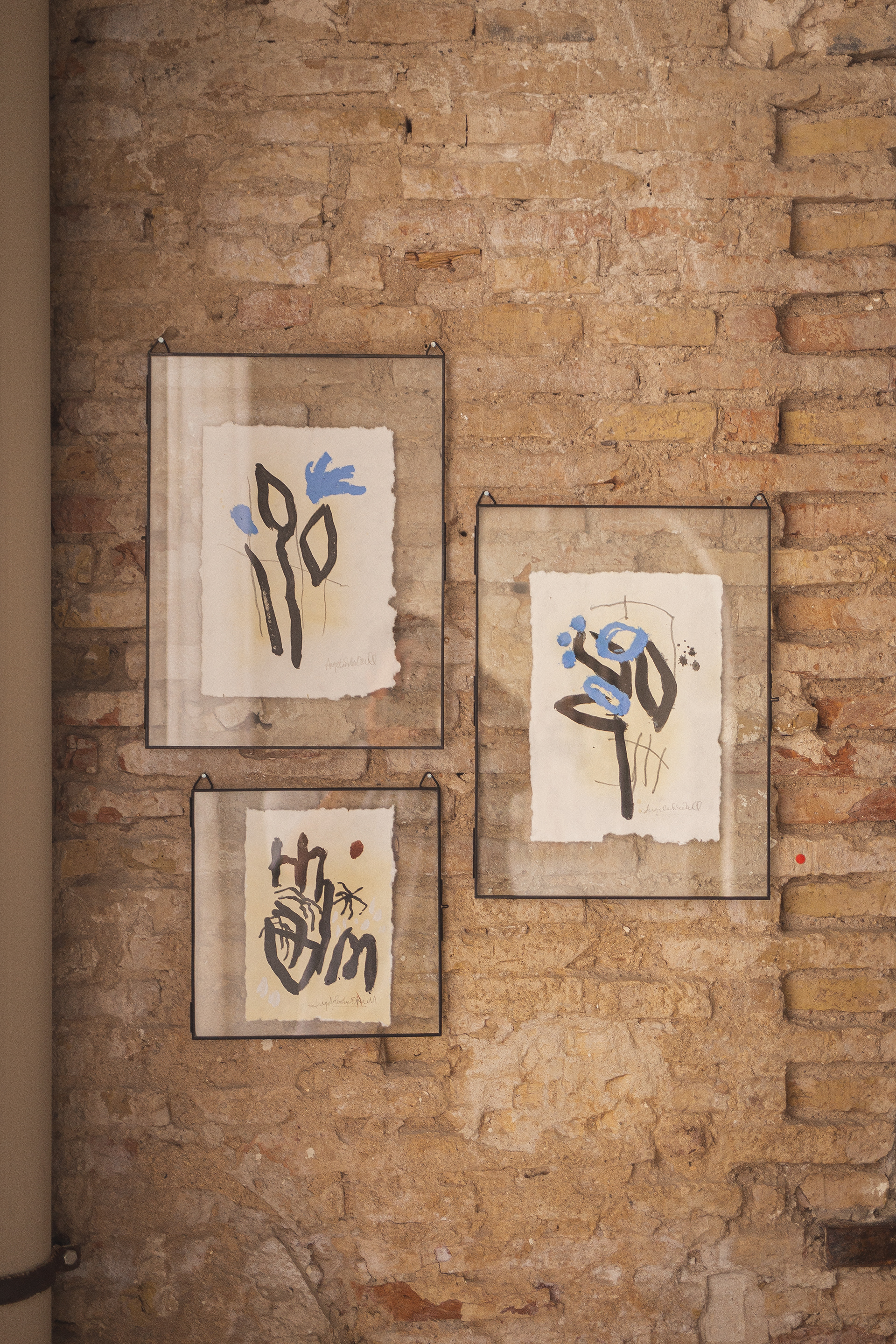
Since it's Spring, 2025, 40x30cm, 25x25cm (framed)
As I have come to understand in my process, the concept of "drifts" emerges when I reduce the proposed space. By eliminating the elements that traditionally build cities and structures of thought, what remains is the essence, the remnants. This concept closely aligns with the idea of psychogeography, but perhaps a more fitting term to describe this is "flânerie."
Flânerie is the act of wandering, of aimlessly strolling through the city with no specific destination. It’s not about the path or the destination but rather the emotional experience that arises from walking through a space, letting it unfold organically. It’s about how the environment triggers emotions, memories, and reflections that would otherwise remain hidden in the daily rush.
In this process of reduction, I focus less on the physical journey or the constructed space and more on the feelings that emerge. What interests me most is how the city, with its empty or abandoned spaces, triggers an intimate encounter with one's own thoughts and emotions. As the familiar elements fade away, what is left behind is a pure connection to the surroundings—a quiet, almost meditative dialogue with the environment.
Thus, the work becomes an abstract map of a personal drift, where the drawing, like the act of walking, transforms into an experience of search and rediscovery. In my calligraphic drawing, this process inevitably reduces to two elements: the circle and the cross, the curved line and the straight line — symbols that, for me, capture the essence of both the journey and the inner state of wandering.
In essence, it's the essence of the journey, not its map, that defines the experience of wandering.